Home>Renovation & DIY>Tools & Equipment>How Long Does A Spackle Need To Dry
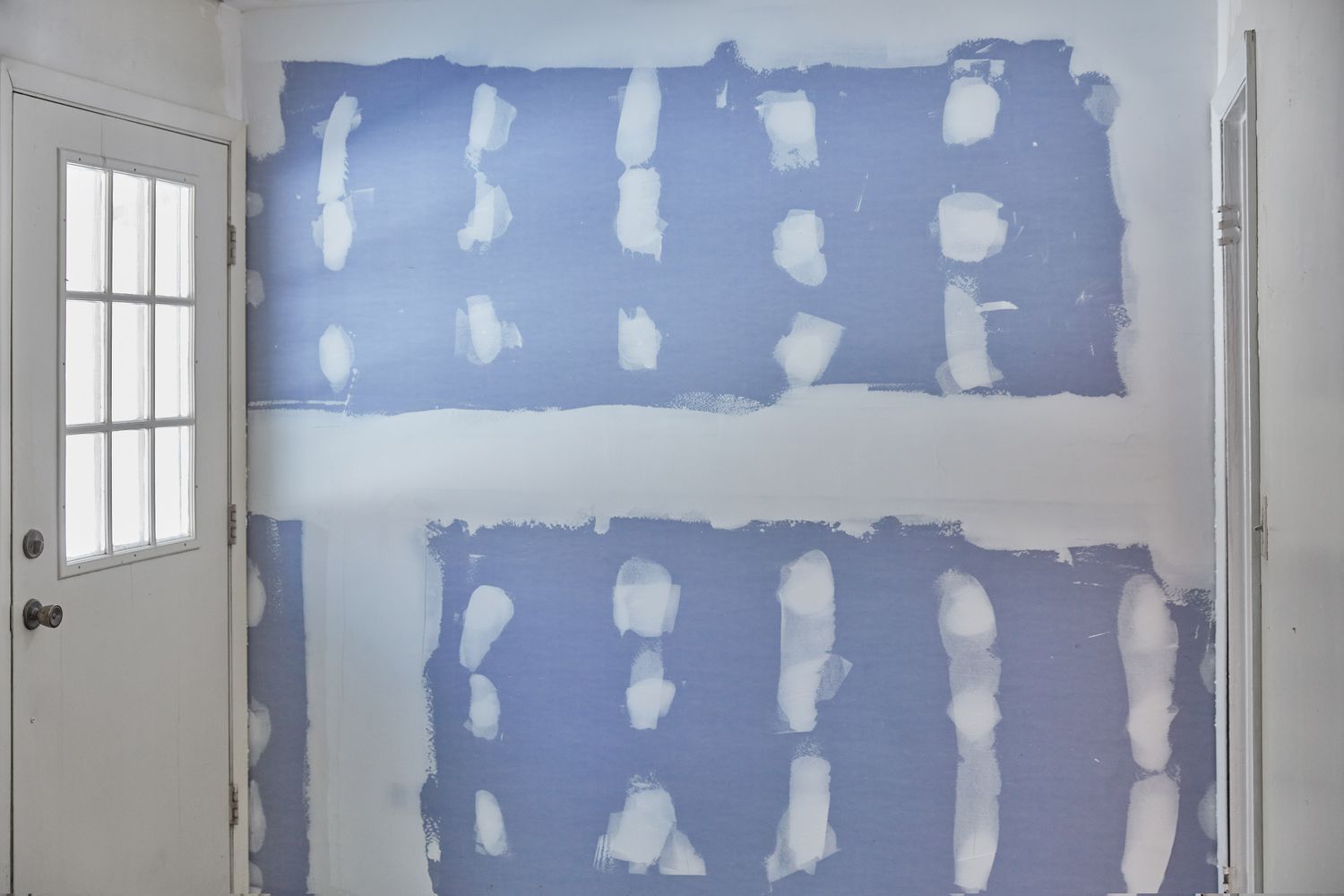

Tools & Equipment
How Long Does A Spackle Need To Dry
Published: December 19, 2023
Learn the ideal drying time for spackle and the essential tools and equipment needed for the process. Find out how to achieve a smooth and flawless finish.
(Many of the links in this article redirect to a specific reviewed product. Your purchase of these products through affiliate links helps to generate commission for Storables.com, at no extra cost. Learn more)
Introduction
Spackle, also known as spackling paste or filler, is an essential material in the realm of home improvement and repair. Whether you're patching up a small hole in the wall or smoothing out imperfections before painting, spackle plays a crucial role in achieving a flawless finish. However, one common question that arises when working with spackle is, "How long does spackle need to dry?" This seemingly simple inquiry carries significant weight, as the drying time directly impacts the overall timeline of a project.
Understanding the factors that influence spackle drying time and knowing how to expedite the process when necessary can streamline your repair or renovation endeavors. In this comprehensive guide, we'll delve into the various aspects of spackle drying time, including the factors that affect it, the average drying times for different types of spackle, and valuable tips for accelerating the drying process. By the end of this journey, you'll possess a wealth of knowledge to navigate the intricacies of spackle drying time with confidence and finesse. So, let's embark on this enlightening exploration and unravel the mysteries of spackle drying together.
Key Takeaways:
- Spackle drying time varies based on type, thickness, and environmental factors. Quick-dry spackle sets in 15-30 minutes, while all-purpose spackle may take 1-2 hours.
- To speed up spackle drying, ensure ventilation, reduce humidity, apply thin coats, and consider quick-dry spackle. Understanding drying times and implementing strategies can optimize project timelines.
Factors Affecting Spackle Drying Time
Several factors come into play when considering the drying time of spackle. Understanding these elements is crucial for effectively managing your project timeline and achieving optimal results. Let’s explore the primary factors that influence spackle drying time:
- Type of Spackle: Different types of spackle, such as lightweight spackle, vinyl spackle, and all-purpose spackle, have varying compositions and drying properties. Lightweight spackle, for instance, tends to dry more quickly than other types due to its unique formula.
- Humidity and Temperature: Environmental conditions significantly impact spackle drying time. High humidity levels can prolong the drying process, while warm, dry environments facilitate quicker drying. Controlling the humidity and temperature in the workspace can help expedite the spackle drying time.
- Thickness of Application: The thickness of the spackle layer applied plays a pivotal role in determining drying time. Thicker layers take longer to dry, while thin, even coats dry more rapidly. It’s essential to apply spackle in thin layers to promote efficient drying.
- Absorbency of Substrate: The material to which the spackle is applied influences drying time. Highly absorbent surfaces, such as unfinished drywall, can draw moisture from the spackle, potentially extending the drying period. Priming the surface before applying spackle can help mitigate this effect.
- Ventilation: Adequate ventilation expedites spackle drying by facilitating air circulation. Proper airflow helps remove excess moisture, accelerating the evaporation process and promoting efficient drying.
By considering these factors and implementing appropriate measures, you can effectively manage spackle drying time and optimize the overall progress of your project. Now that we’ve explored the key influencers of spackle drying time, let’s delve into the average drying times for different types of spackle to gain a comprehensive understanding of their unique properties.
Average Drying Time for Different Types of Spackle
Understanding the average drying times for various types of spackle is essential for planning and executing your repair or renovation projects effectively. While the drying time can vary based on the specific product and environmental conditions, having a general idea of the expected drying duration for each type of spackle can guide your workflow. Here are the average drying times for different types of spackle:
- All-Purpose Spackle: This versatile spackle typically dries within 1 to 2 hours when applied in thin layers. However, thicker applications may require additional drying time.
- Lightweight Spackle: Known for its quick-drying properties, lightweight spackle often sets within 30 minutes to 1 hour. Its lightweight composition contributes to rapid evaporation and drying.
- Vinyl Spackle: Vinyl spackle generally dries within 2 to 6 hours, depending on the thickness of the application and environmental factors. It offers a balance between drying speed and durability.
- Quick-Dry Spackle: As the name suggests, quick-dry spackle is designed to expedite the drying process. It can dry within 15 to 30 minutes, making it an ideal choice for projects that demand swift turnaround times.
It’s important to note that these average drying times serve as guidelines, and actual drying durations may vary based on the specific brand, formulation, and application conditions. Additionally, environmental factors such as humidity, temperature, and ventilation play a significant role in influencing the drying time of spackle.
By familiarizing yourself with the typical drying times for different types of spackle, you can make informed decisions regarding project timelines and anticipate the necessary intervals for subsequent steps, such as sanding, priming, and painting. Now that we’ve gained insight into the average drying times for various spackle types, let’s explore valuable tips for expediting the spackle drying process when time is of the essence.
Allow spackle to dry for at least 24 hours before sanding or painting. Factors like humidity and thickness may affect drying time, so always check the product label for specific instructions.
Tips for Speeding Up Spackle Drying
When time is of the essence, expediting the spackle drying process can be instrumental in maintaining project momentum. By implementing strategic techniques and leveraging conducive conditions, you can accelerate the drying of spackle without compromising the quality of the finish. Here are valuable tips for speeding up spackle drying:
- Optimal Ventilation: Ensure proper airflow in the workspace by opening windows, using fans, and employing ventilation systems. Enhanced air circulation facilitates moisture evaporation, expediting the drying process.
- Dehumidification: If high humidity levels are impeding spackle drying, consider using a dehumidifier to reduce ambient moisture. Lowering the humidity level can promote faster evaporation and drying of the spackle.
- Warm Environment: Creating a warm, dry environment can significantly accelerate spackle drying. Utilize space heaters or adjust the thermostat to maintain an optimal temperature for efficient evaporation.
- Thin Applications: Apply spackle in thin, even layers to facilitate quicker drying. Avoid excessively thick applications, as they prolong the drying time and may result in uneven drying or cracking.
- Priming the Surface: Priming the substrate before applying spackle can mitigate excessive absorption, promoting more efficient drying. A primer seals the surface and minimizes moisture transfer, aiding in faster spackle drying.
- Use Quick-Dry Spackle: When time sensitivity is paramount, opt for quick-dry spackle formulations designed to expedite the drying process. These products offer rapid setting times, allowing for swift progression in your project.
- Lightly Sanding Between Coats: If multiple spackling layers are required, lightly sanding the previous coat before applying the next can enhance adhesion and promote faster drying of subsequent layers.
By incorporating these tips into your spackling endeavors, you can effectively reduce drying time and maintain project efficiency. It’s important to adapt these strategies based on the specific type of spackle being used and the prevailing environmental conditions. With a proactive approach to expediting spackle drying, you can navigate your projects with agility and achieve timely, impeccable results.
Conclusion
Embarking on a spackling project involves not only the application of the material but also an understanding of the intricate dynamics of spackle drying time. By unraveling the factors that influence drying, exploring the average drying times for different types of spackle, and discovering valuable tips for expediting the drying process, you’ve gained a comprehensive grasp of this essential aspect of home improvement and repair.
As you navigate your spackling endeavors, remember that the type of spackle, environmental conditions, application thickness, and surface characteristics all play pivotal roles in determining drying time. By leveraging this knowledge and implementing strategic measures, such as optimizing ventilation, controlling humidity, and utilizing quick-dry spackle formulations, you can effectively manage and expedite the drying process to suit your project timelines.
Whether you’re patching up walls, repairing imperfections, or preparing surfaces for painting, the mastery of spackle drying time empowers you to orchestrate your projects with precision and efficiency. By embracing the art and science of spackling, you elevate your craftsmanship and achieve impeccable, timely results that reflect your dedication to excellence.
Armed with this newfound understanding, you’re poised to embark on your spackling endeavors with confidence, knowing that you hold the key to managing drying time effectively and optimizing the progression of your projects. As you apply your expertise and creativity to each spackling task, may your endeavors be marked by seamless execution, swift drying, and the satisfaction of a job well done.
Frequently Asked Questions about How Long Does A Spackle Need To Dry
Was this page helpful?
At Storables.com, we guarantee accurate and reliable information. Our content, validated by Expert Board Contributors, is crafted following stringent Editorial Policies. We're committed to providing you with well-researched, expert-backed insights for all your informational needs.
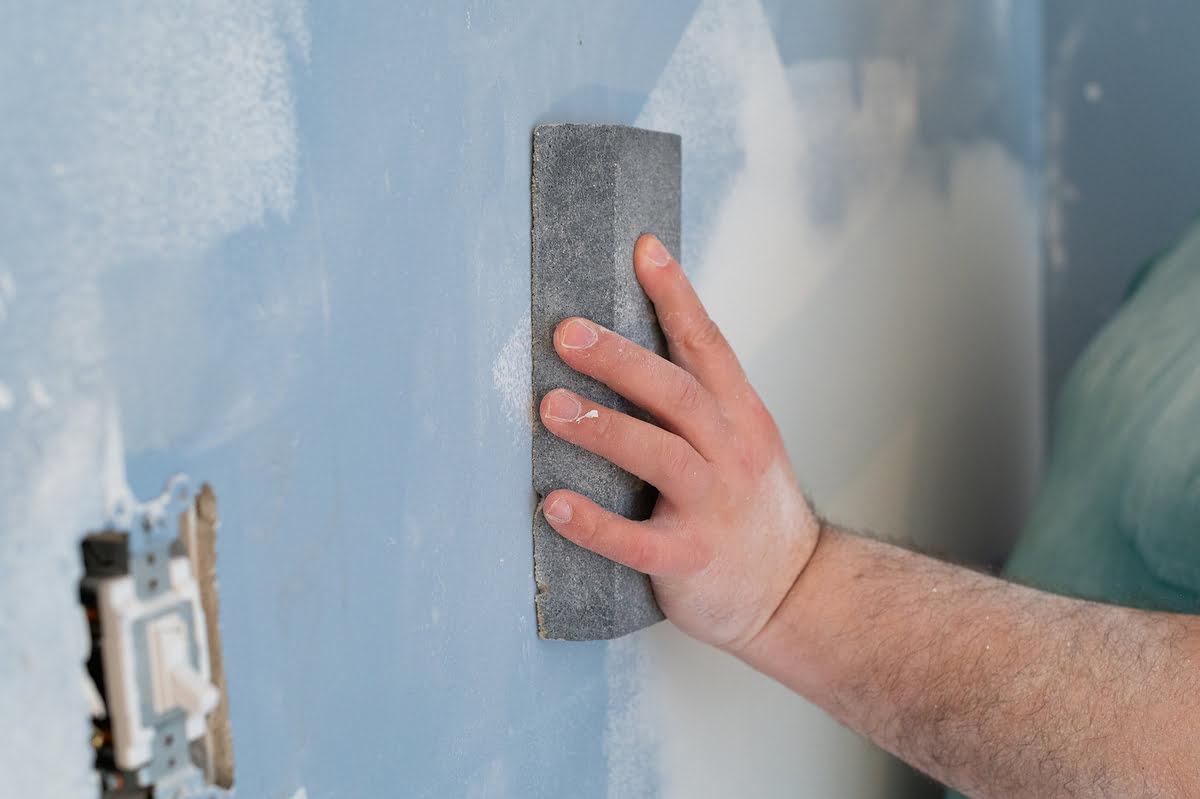
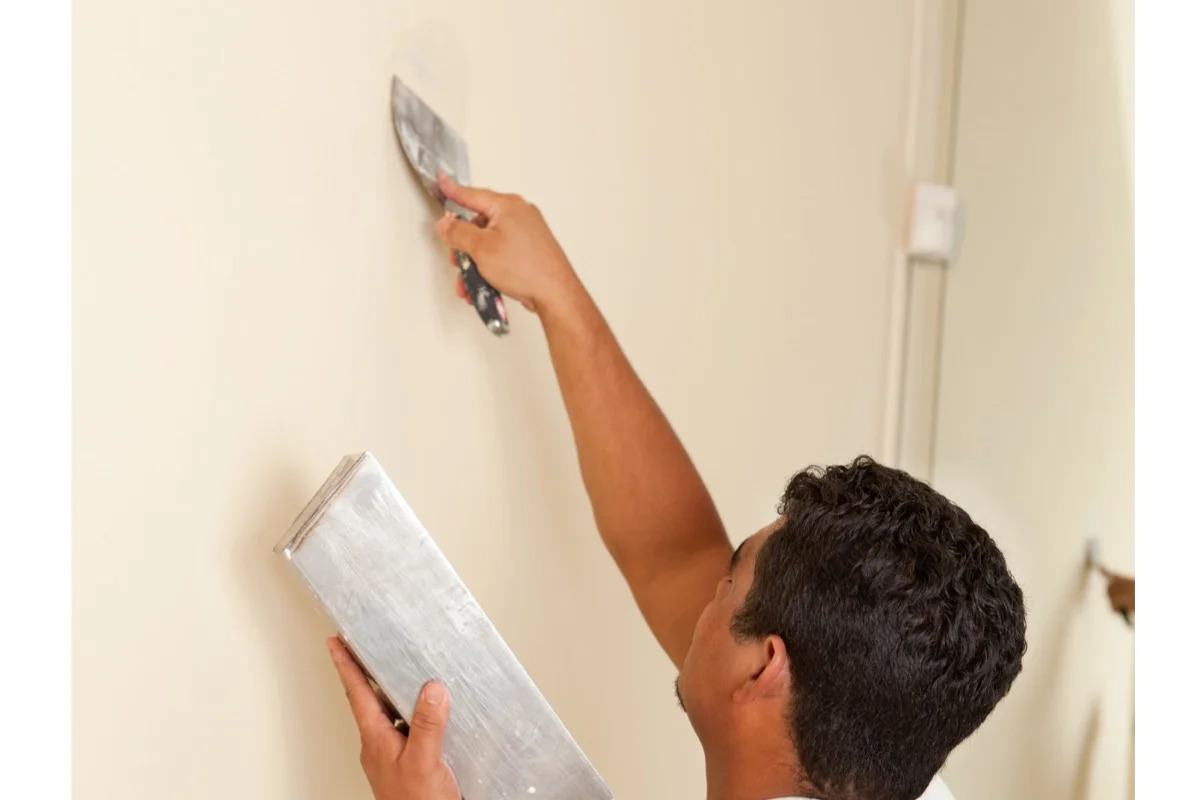
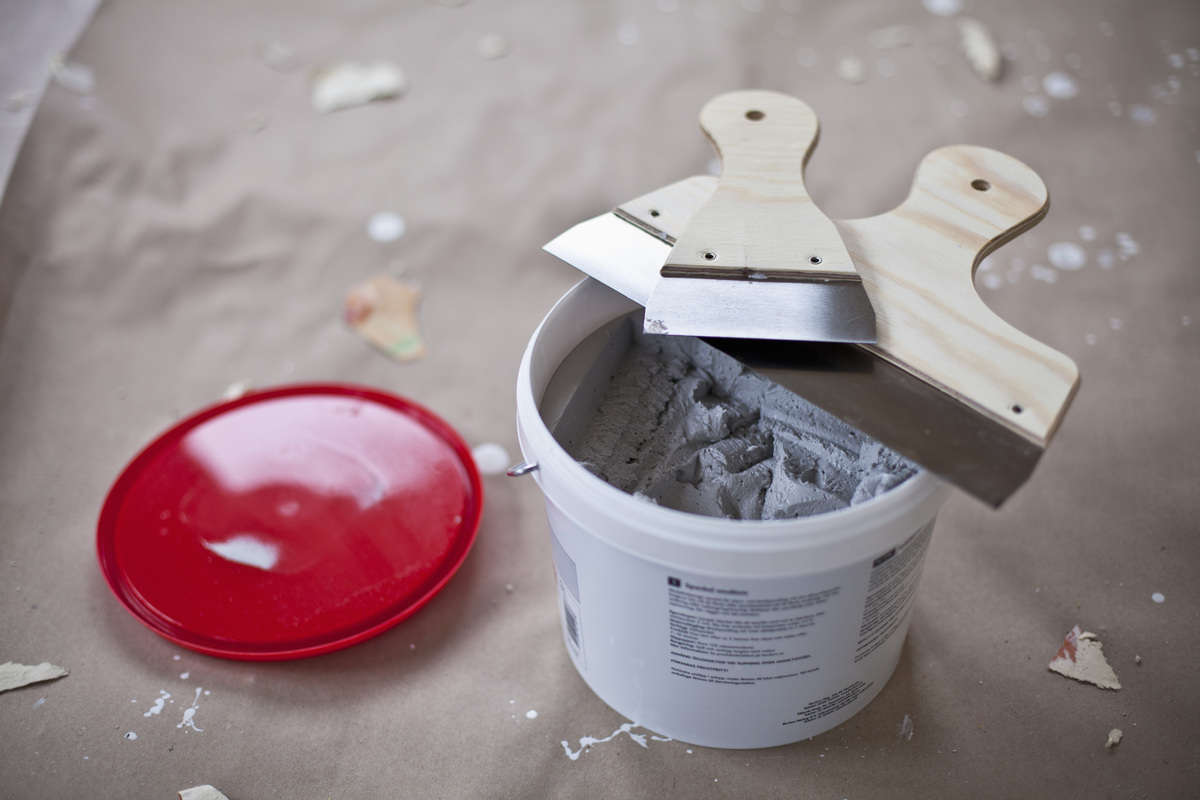
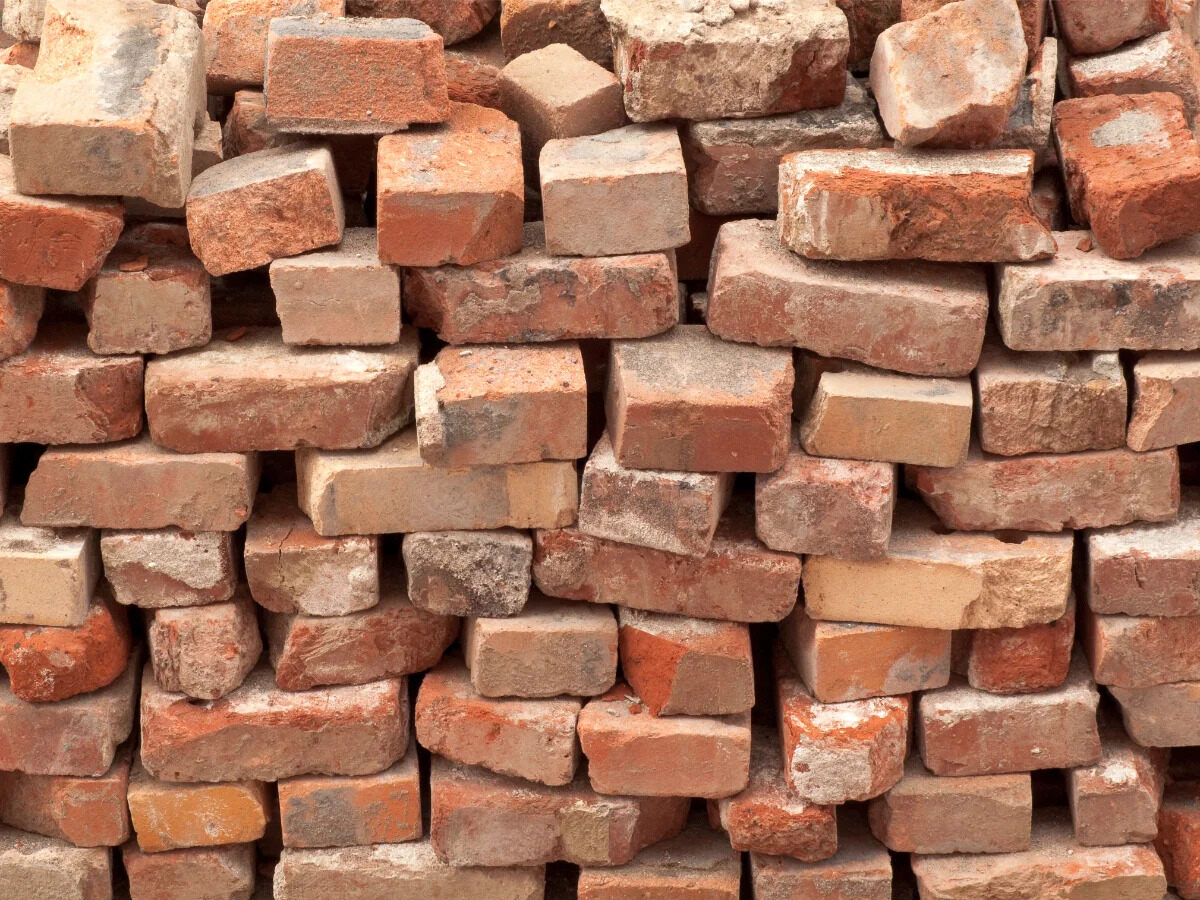
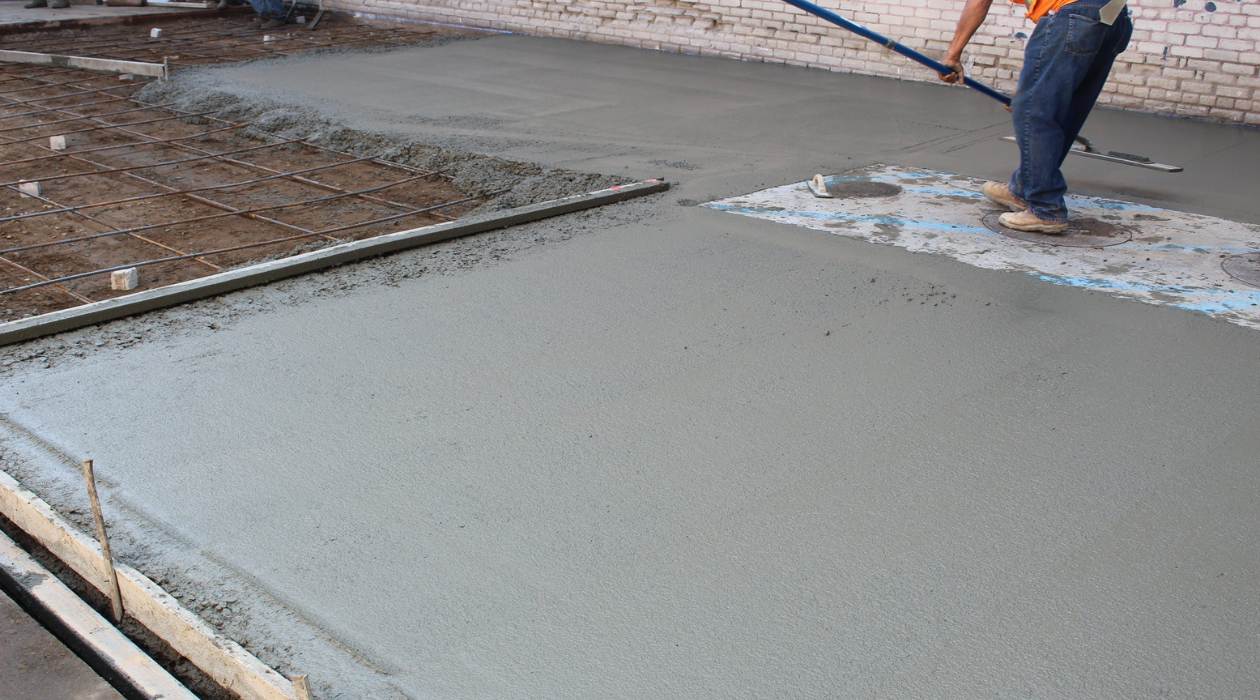
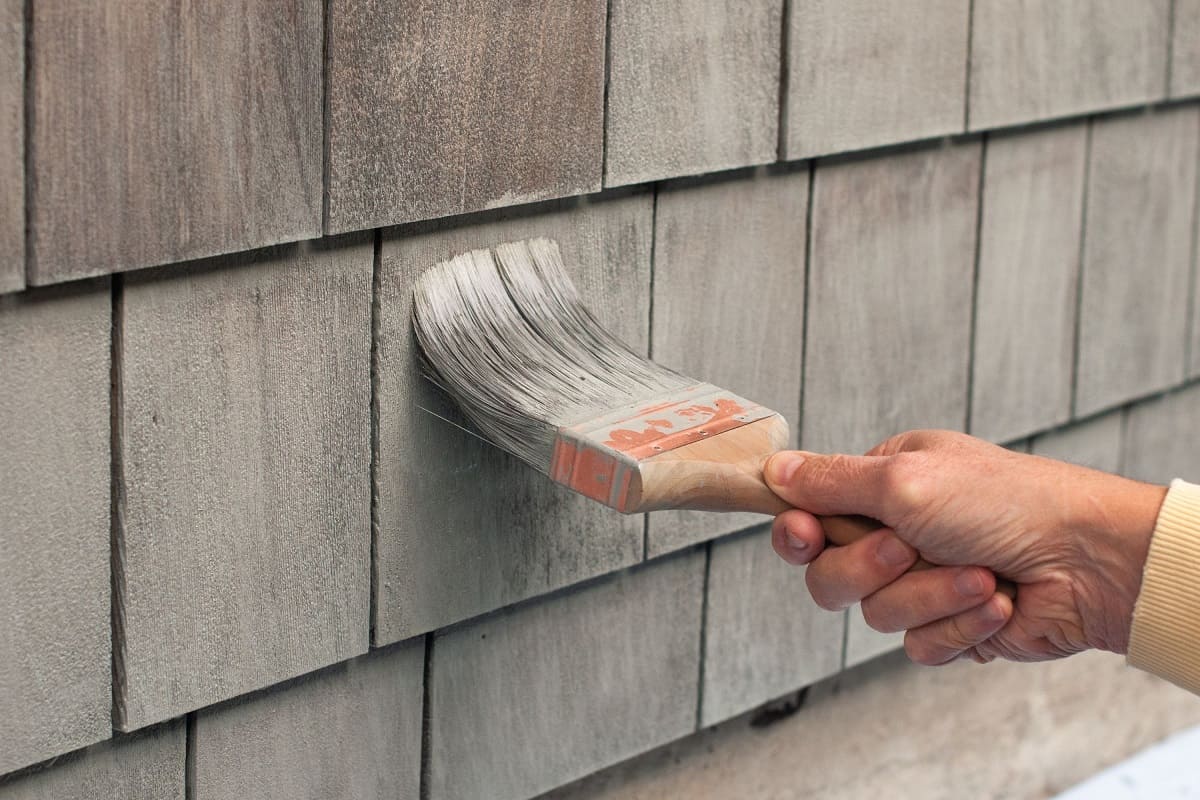
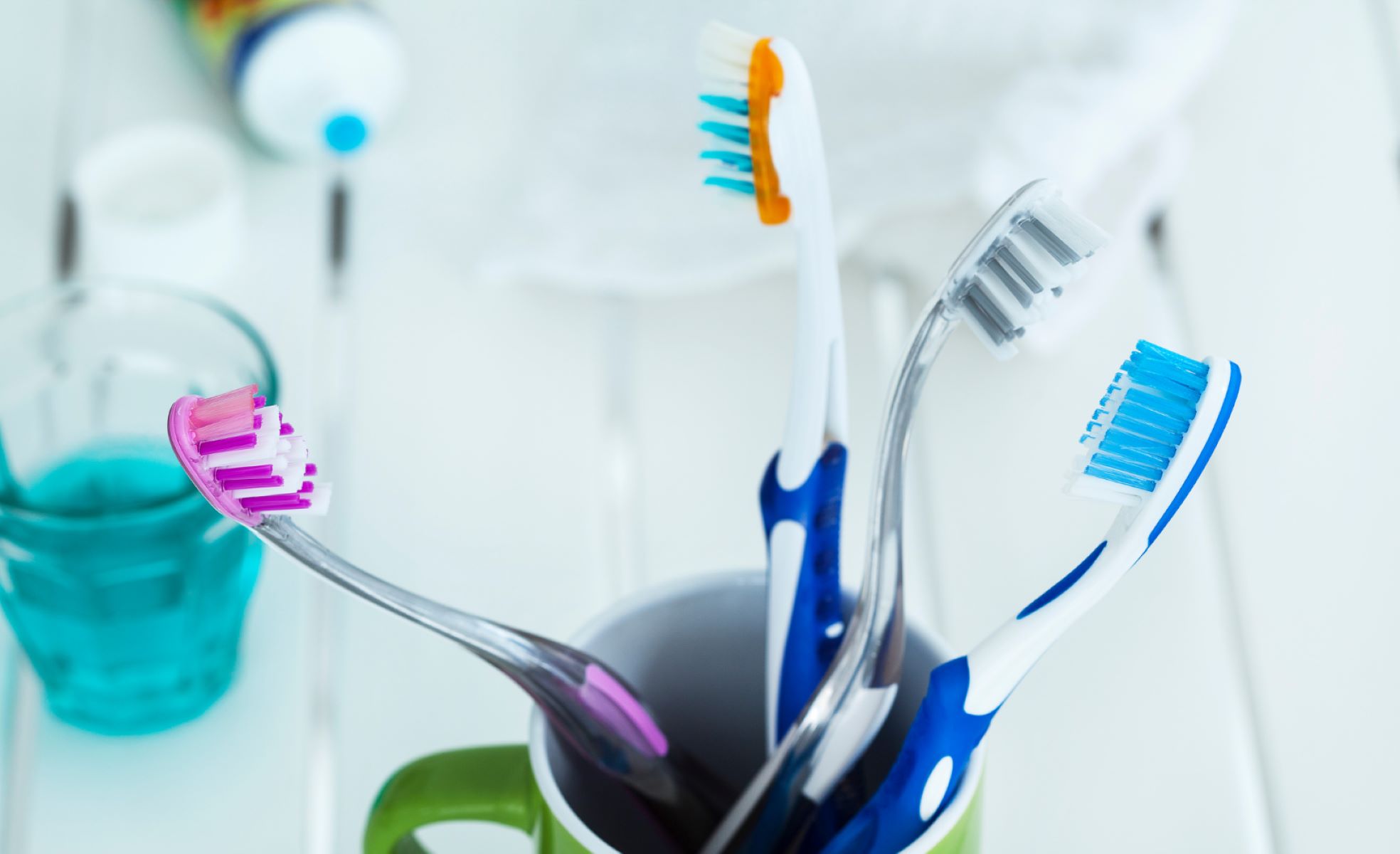
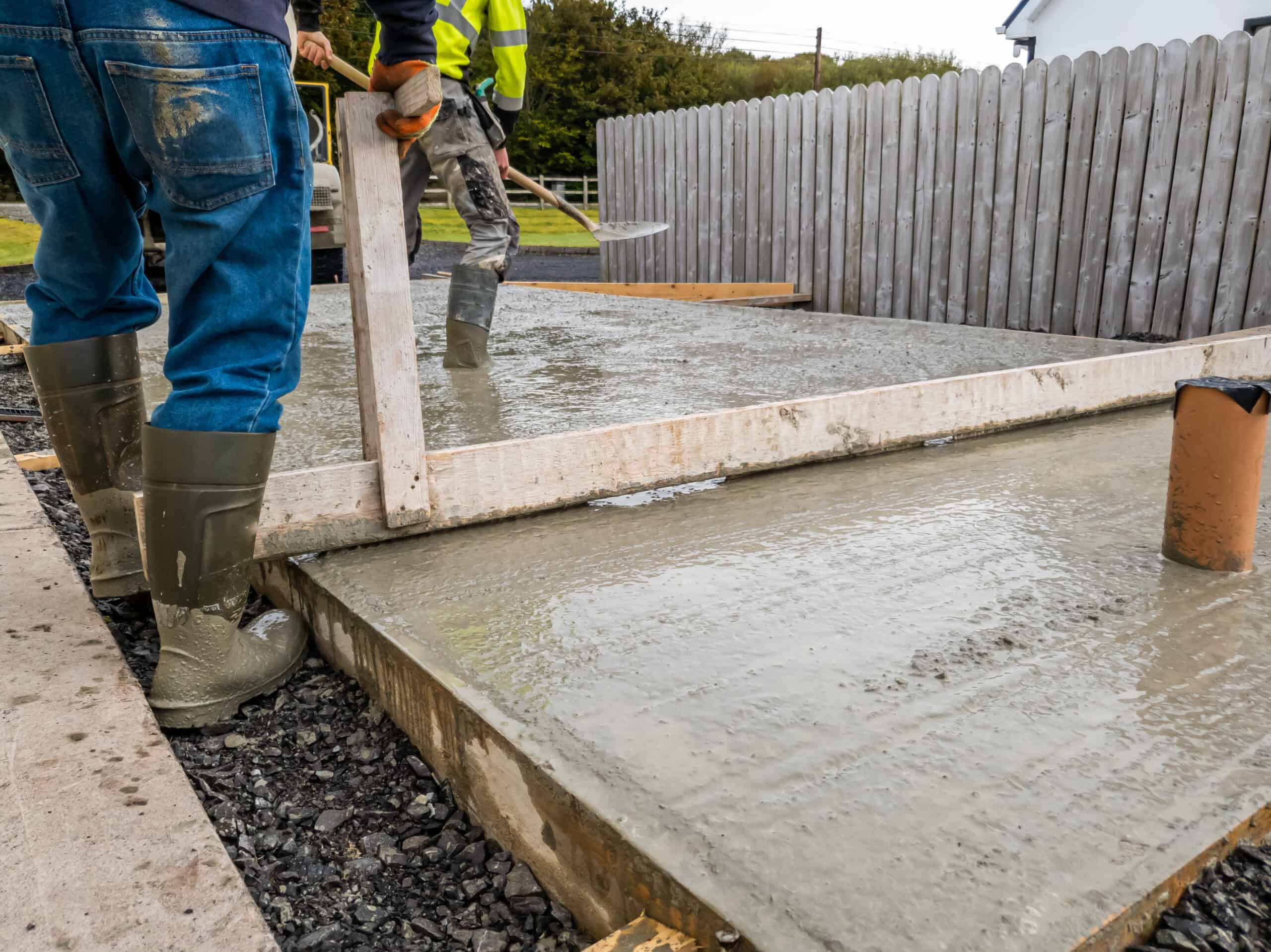
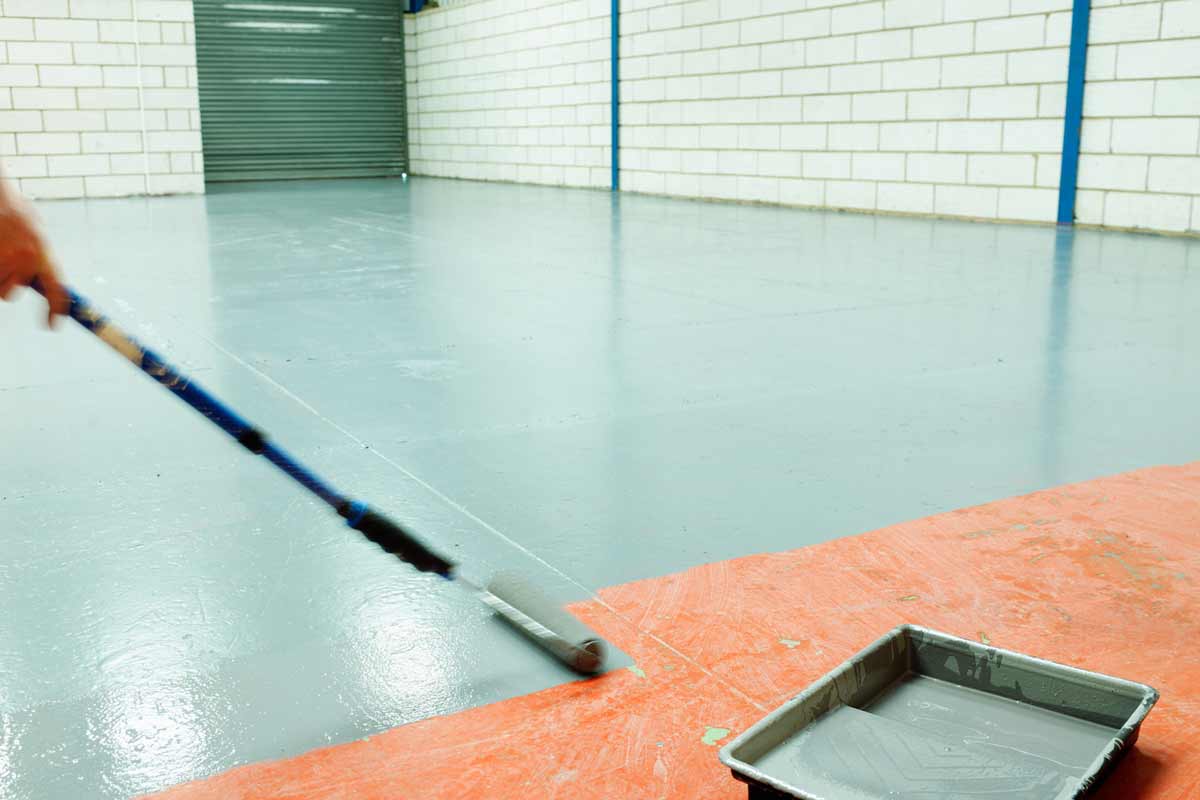
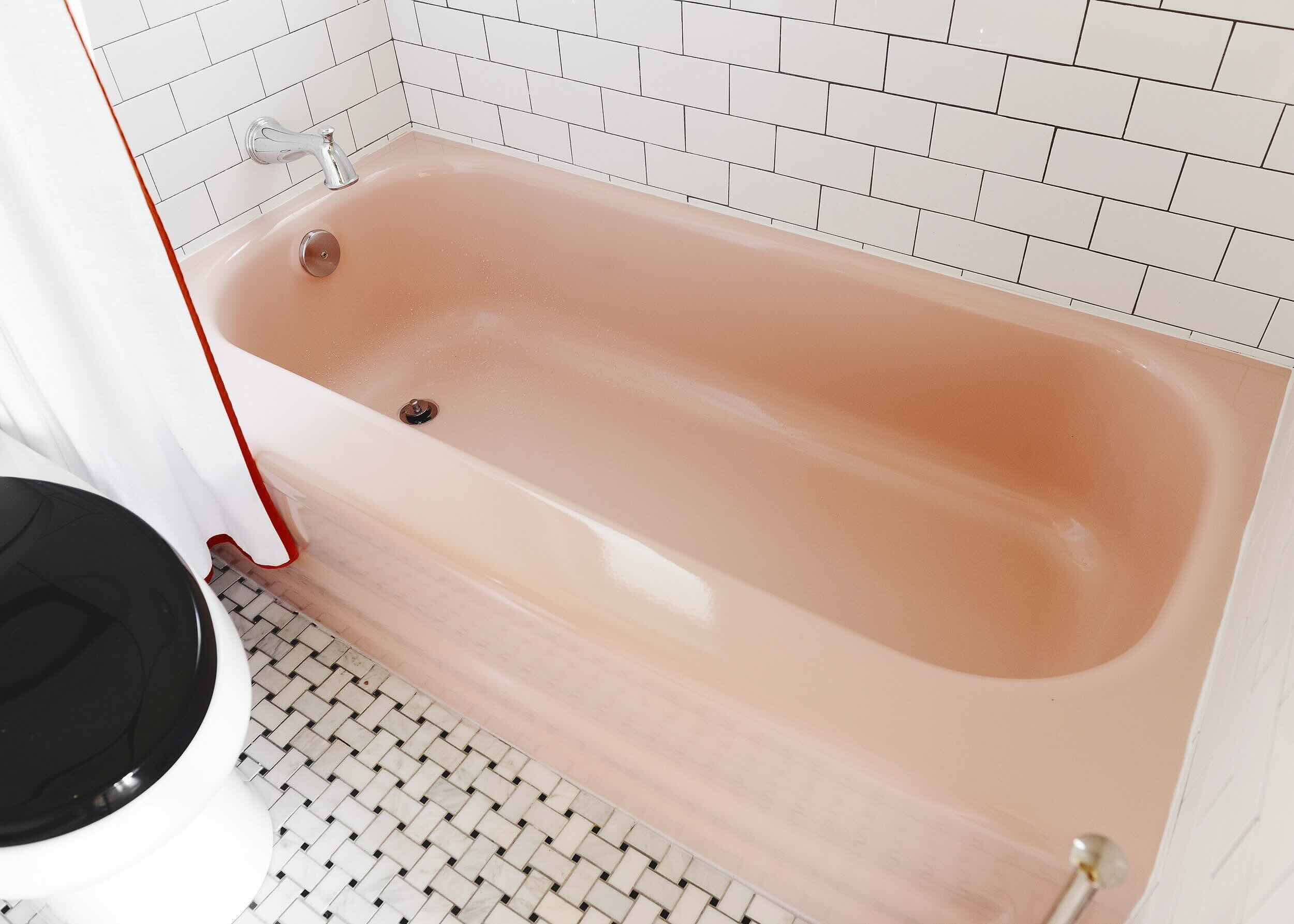
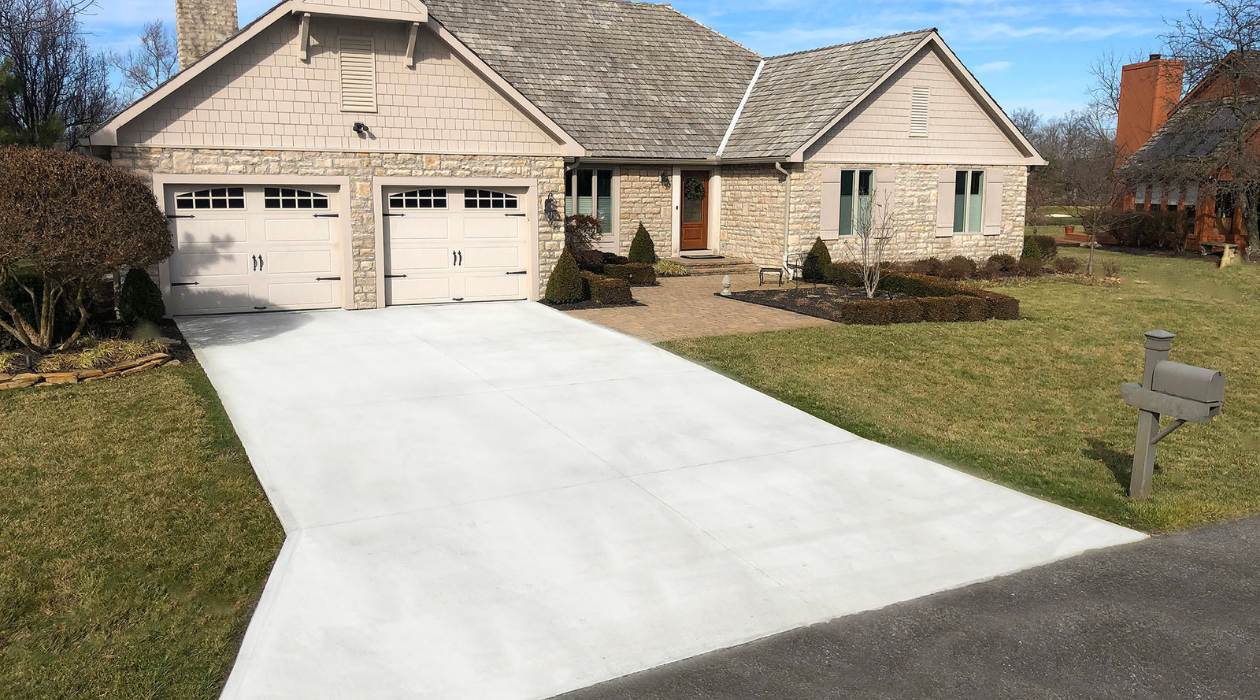
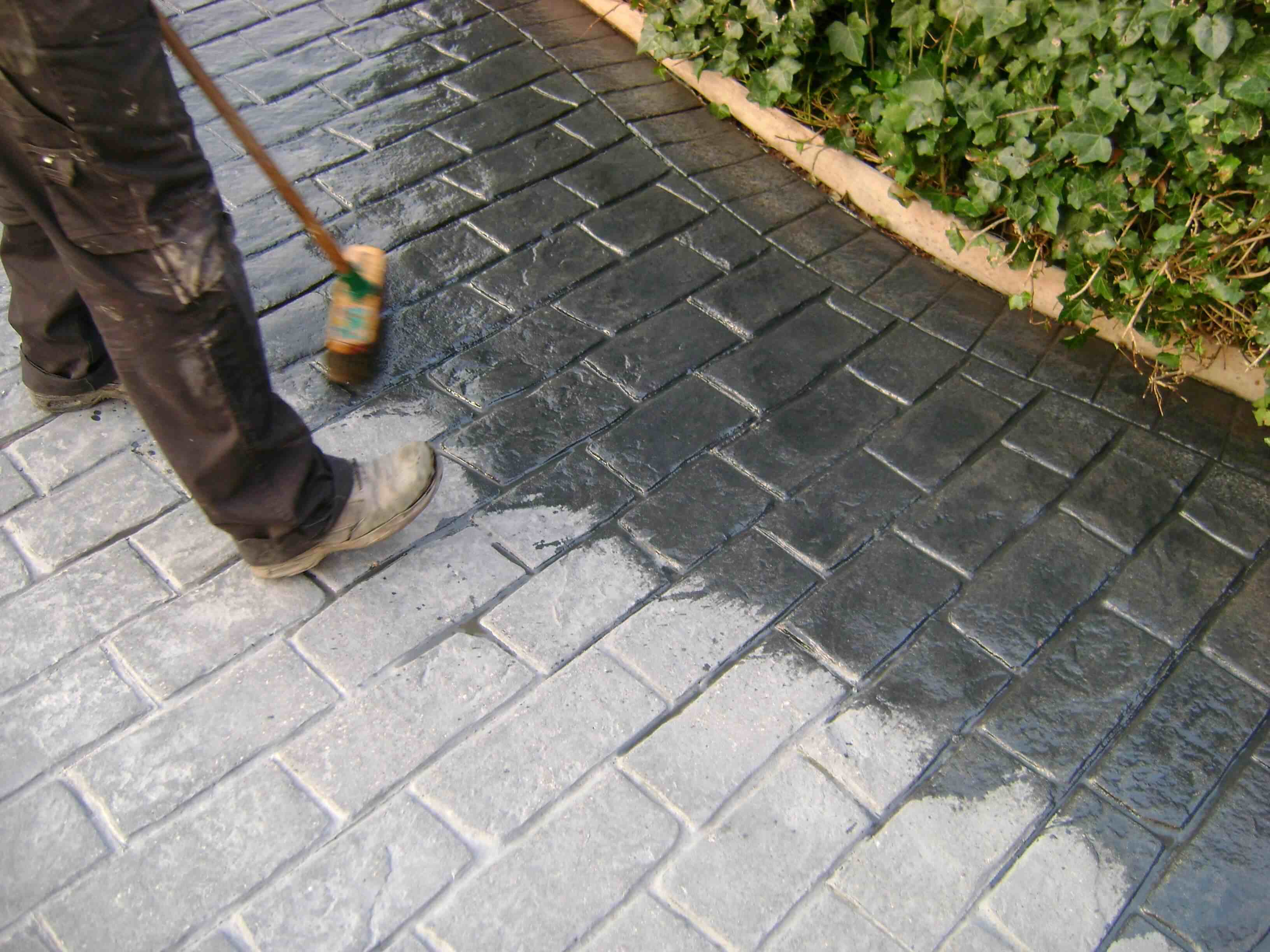
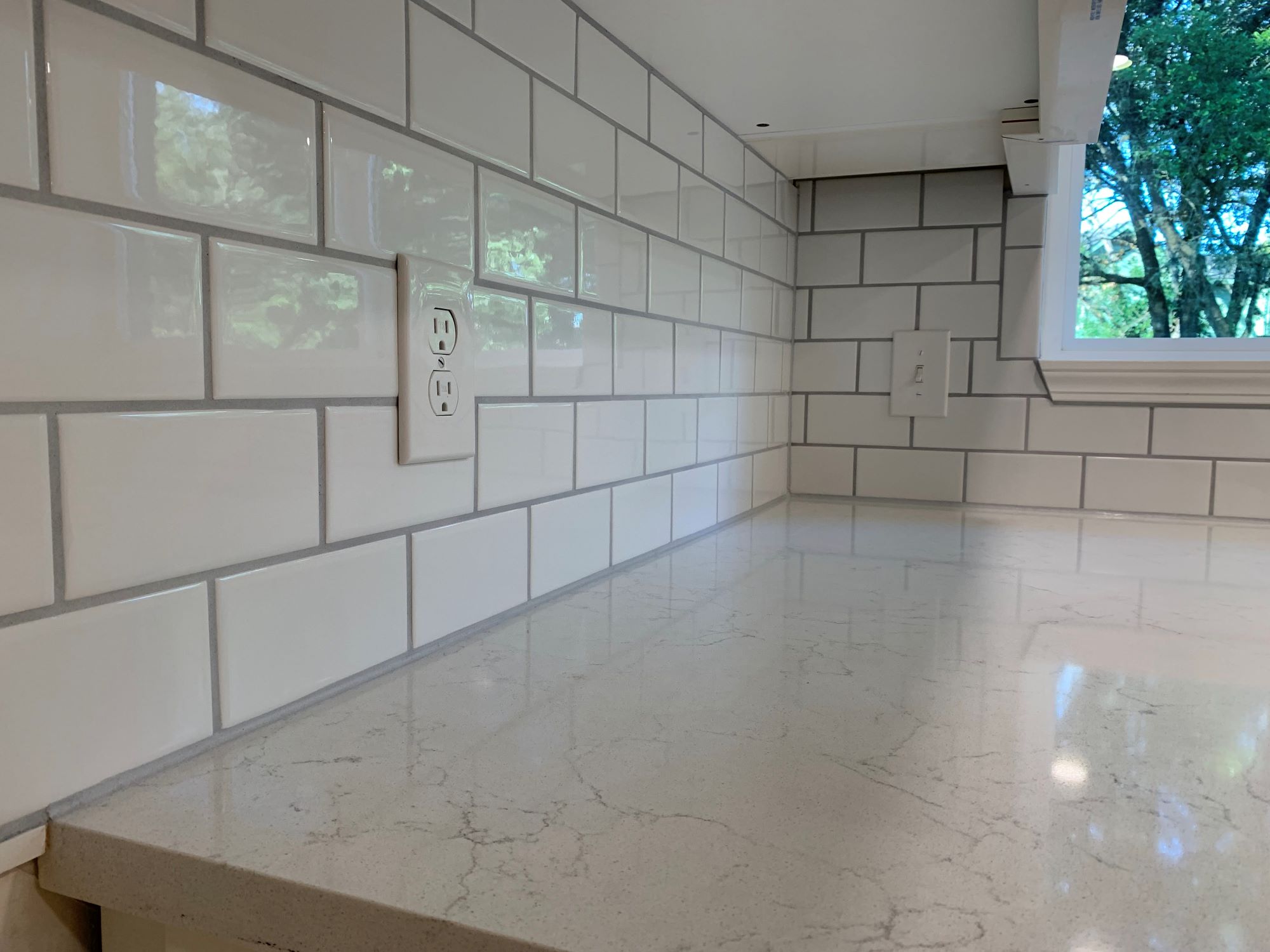
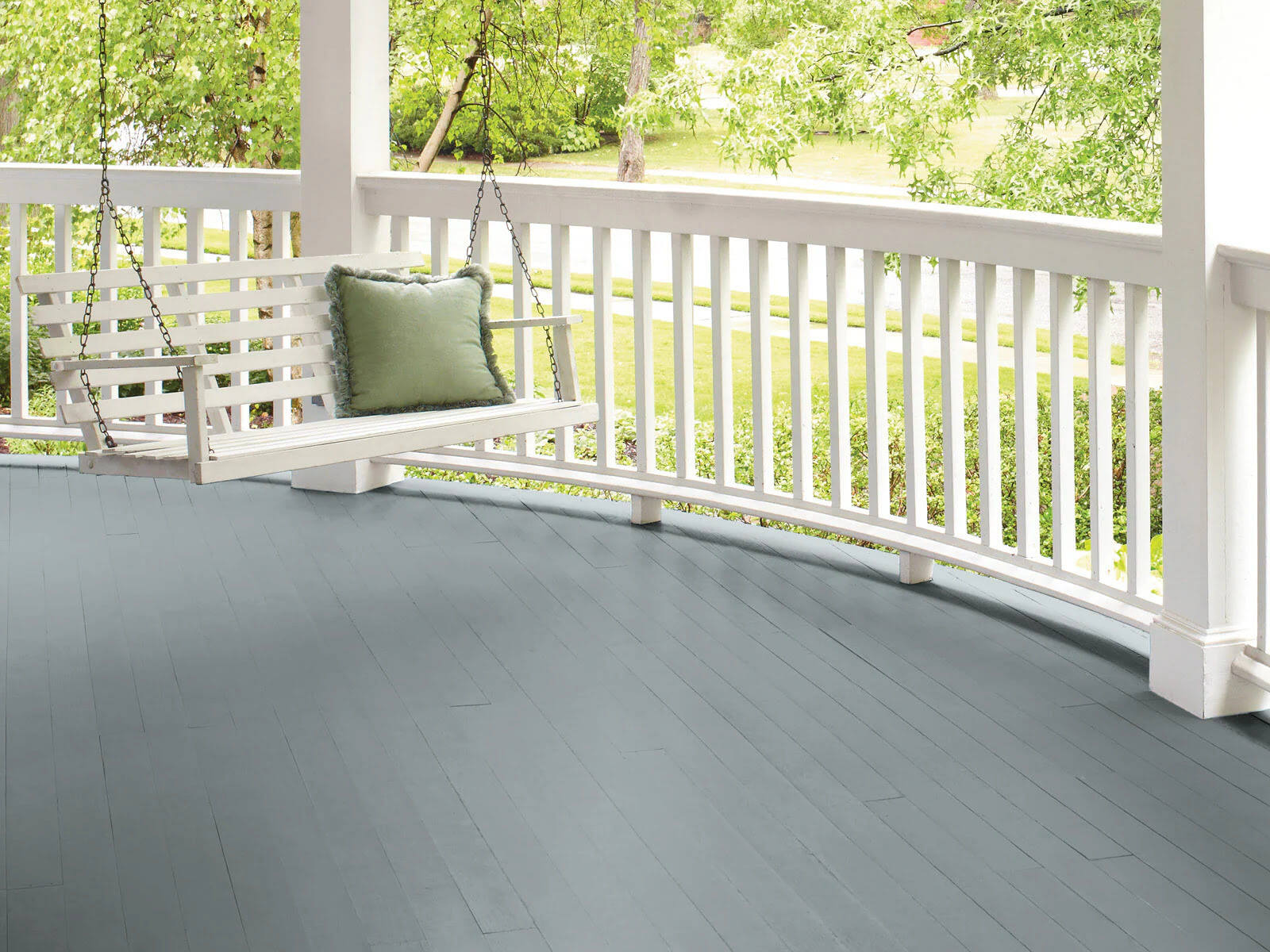


0 thoughts on “How Long Does A Spackle Need To Dry”